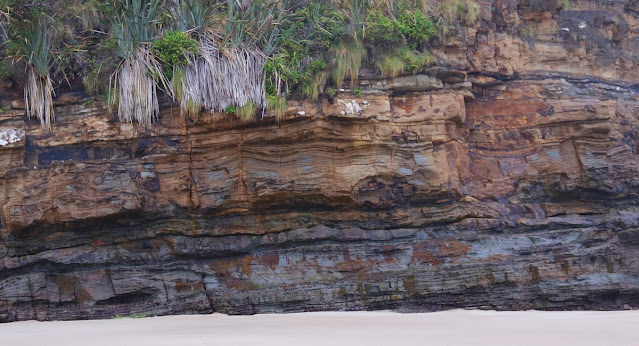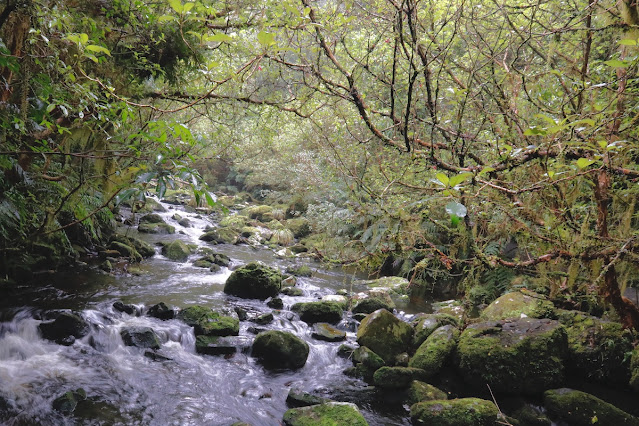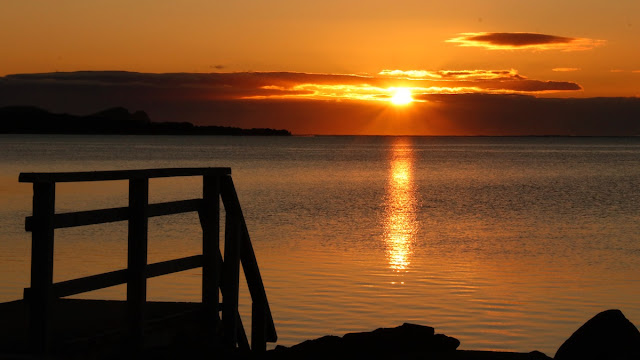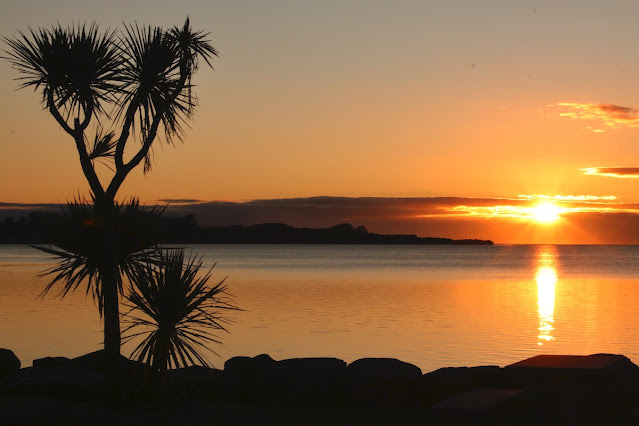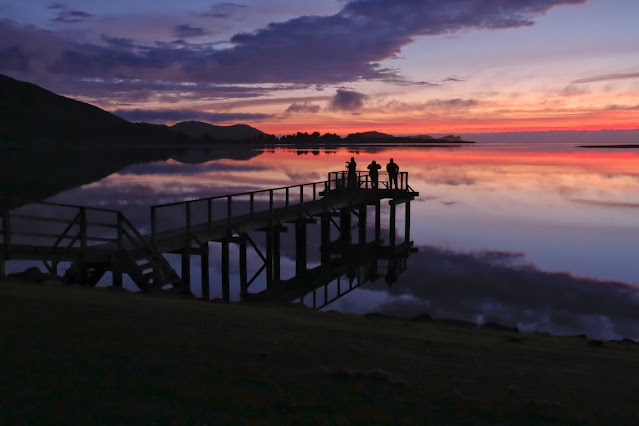Thursday / Friday:
We recently returned from a long weekend trip to the bottom south east coast of the South Island in New Zealand.
Arriving on a Thursday afternoon I set off with the camera after checking in to our accomodation. On the way in an old ship caught my eye so it was off to get a close up of it.
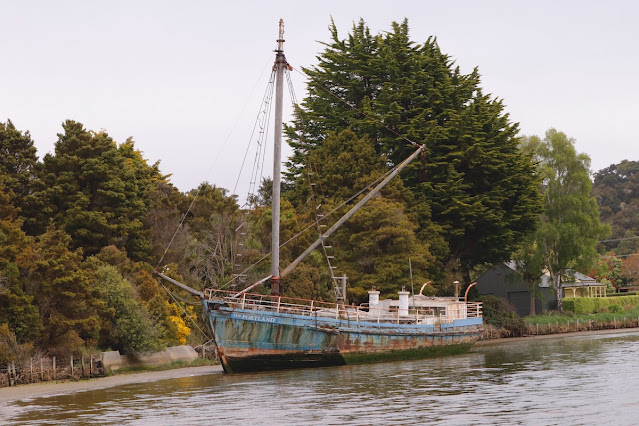 The Portland
The Portland
• Records at the Owaka Museum show the boat was built by George T. Niccol, of Auckland, in 1910.
• Originally owned by Wilsons (NZ) Portland Cement, it traded in the Auckland area until 1932, when it went to Nelson and traded between the Tasman Bay harbours and Wellington for more than 40 years.
• The Portland is the only surviving hold scow in New Zealand. Most of these ships were taken to the Pacific for war use and never came back.
• Originally powered by sail, it was later fitted with diesel engines.
(Otago Daily Times, 17 January 2016)
The alarm was set for 0520 next morning in the hope that there would be a good sunrise. Being on the waterfront at Pounawea and the tide well in I was not disappointed. The following photos will do the talking for me.
 |
The flat water made for powerful reflections. Well worth getting up early!
|
After breakfast it was time the head across to the Catlins Heads on the south side. First stop was near the head of Catlins Lake, a tidal estuary. The Catlins was extensively logged and there were around 7 jetties where the logs were shipped out.
 |
Remains of one old wharf
|
Carrying on a dusty road to the end we headed off out along the beach and rocks now that the tide had receded.
What caught my eye were the rock formations and the seaweeds and algae on the sand.
Often the smaller things on the beach have their own attraction as the following show and are worth stopping to admire.
 |
Neptune's necklace.
|
 |
Sea lettuce
|
The softer seaweeds survive the surf better amongst the rocks that shells which were noticeably absent.
The following rocks formations are all sedimentary but how they formed is somewhat of a mystery to me.
 |
Ollie about to follow us as we leave to our next stop.
|
After a walk along the beach at Jacks Bay, the next stop was one of the Catlins most iconic scenic spots and photographed a million or more times, the Purakaunui Falls.
 |
The walk to the falls is through bush along this small river
which tumbles over them crossing this bridge.
|
 |
Purakounui Falls, photographed countless times;
this one is up there with some of then better ones.
|
The day ended at the Nuggets.
This ended the first part of our stay in the Catlins. It was great being able to photograph the various attractions without hordes of tourists posing for selfies! A consequence of New Zealand's strict COVID-19 measures.










